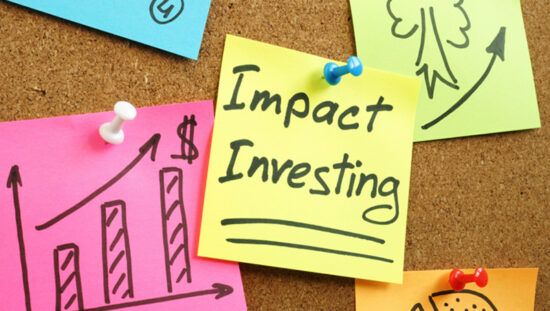A global effort to standardize investment terms related to sustainable investing is underway, and it is long overdue. Like trying to navigate without a map, communication can become potentially confusing without clear definitions and parameters. Equally, more specific definitions will help guide the financial sector to better understand the investment philosophies, approaches and aims of sustainable investors as well as their products and services.
Industry leaders and regulators such as the Securities and Exchange Commission (SEC), the International Organization of Securities Commissions and others have long recognized the need to develop common sustainable finance-related terms and definitions (including terms relating to responsible investment approaches) to ensure consistency throughout the global asset management industry.
In a collaborative response, the Global Sustainable Investment Alliance, of which US SIF is a member, the CFA Institute, and Principles for Responsible Investment, joined together to produce a set of harmonized definitions of diverse sustainable investment approaches.
Read ESG Clarity’s coverage of the release of these definitions here.
So, why now?
The global finance industry has recently been heavily criticized about the inconsistency of “sustainable investors” walking the talk when it comes to “sustainable investment practices”. Much of this greenwashing criticism centers on allegations that certain asset managers are making misleading or unsubstantiated claims about the sustainability characteristics of their ESG-labelled funds and/or sustainability-themed products.
As a result, regulators in Europe and the US have responded in part by introducing more prescriptive disclosure and naming regulations. The most recent US example is the SEC Names Rule, which was finalized earlier this fall.
Despite the recent criticism, interest in sustainable investing remains strong across the US, with the US SIF’s Sustainable Investing Trends Report identifying 13% – or 1 in 8 dollars – of the total US assets under professional management are invested using sustainable strategies.
Numerous studies, such as Morgan Stanley’s Sustainable Signals that indicated that 85% of investors are interested in sustainable development, point to growing interest in sustainable finance driven by global climate, humanitarian and social justice crises.
The importance of an established set of sustainable investing definitions and the creation of standardized terminology and vocabulary cannot be overstated. Aligning terminology and definitions will help establish a baseline of understanding for investors which will reinforce transparency and help facilitate better comparative analysis of fund managers as well as their product offerings.
An added benefit of standardized definitions is that the international investing community will be able to communicate more effectively, irrespective of the varying regulations and legislation in local markets. Financially material risks and opportunities around climate change, biodiversity and human capital management—as well as other issues that investors want to address across practices and themes—are all topics that transcend national borders. That’s why consensus on terminology is so important.
Standardization of definitions is long-overdue in the sustainable investment space. The Definitions for Responsible Investment Approaches report is an important step toward more intentionality and transparency about the diverse ways the sustainability sector communicates its approaches—from integrating and addressing risks to identifying and catalyzing opportunities—with the ultimate aim to safeguard investment returns and drive meaningful impact.








